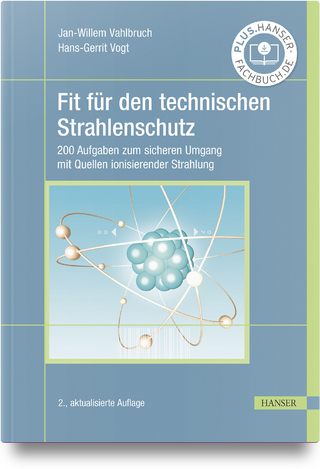
Aggregation of Luminophores in Supramolecular Systems
CRC Press (Verlag)
9780367462437 (ISBN)
Supramolecular aggregation—driven by weak non-covalent interactions, such as van der Waals, π–π interactions, hydrogen bonding, and electrostatic—has been utilized to build sensing platforms with improved selectivity and sensitivity. Supramolecular aggregates, owing to cooperative interactions, higher sensitivity and selectivity, relatively weak and dynamic non-covalent interactions, and environmental adaptation, have achieved better sensing performance than that of molecular sensory systems that rely on sensors with delicate structures.
Aggregation of Luminophores in Supramolecular System: From Mechanisms to Applications describes recent advances in supramolecular chemistry, in which the luminophores are almost non-luminescent in the molecular state, but become highly emissive in the aggregate state. These advances bring new opportunities and challenges for the development of supramolecular chemistry. The intermolecular non-covalent interactions have been considered to be the main driving forces for fabricating supramolecular systems with aggregating luminophores and have an important influence on the luminescence properties of the probes. Based on these unique properties, luminescent supramolecular aggregates have greatly promoted the development of novel materials for applications as sensors, bio-imaging agents, organic electronic devices, and in the field of drug delivery.
Features:
Discussion of fundamental and interdisciplinary aspects of the aggregation in supramolecular systems.
Narration of intermolecular interactions and the photophysical phenomenon of aggregation in supramolecular systems.
Comparative discussion on recent developments in aggregation-induced quenching (AIQ) and aggregation-induced emission (AIE), and drawbacks of AIQ.
Description of the technological applications of aggregation as biological sensors, chemical sensors, organic electronic materials, and in the field of drug delivery.
A convenient format for checking formulas and definitions.
This book surveys highlights of the progress made in the field of the aggregation of luminophores in supramolecular chemistry. It is hoped that the work will form a foundation (and indeed a motivation) for new workers in the area, as well as also being useful to experienced supramolecular chemists. It may also aid workers in the biological area to see Nature’s aggregation in a new light. Further, the approach employed has been designed to provide readable background material for use with graduates, senior undergraduates, research professionals, and industries.
Dr. Neetu Tripathi obtained her Ph.D. from Guru Nanak Dev University, Amritsar, India. She completed her masters with 1st rank (Gold medal) in M.Sc. She has been a recipient of the prestigious INSPIRE fellowship of the Government of India during her PhD. She has also cleared National Eligibility Test for Assistant Professor (CSIR-UGC NET), Graduate Aptitude test (GATE) in the subject of chemical sciences. Her research interests focus on the design of fluorescent molecular receptors for the detection of nitro aromatic compounds. She has published various research papers in international peer-reviewed journals (Royal Society of Chemistry and Elsevier journals). Dr. Manoj Kumar Goshisht is an Assistant Professor of Chemistry in the Govt. College Tokapal, Bastar, Chhattishgarh. He obtained his Ph.D. from Dr. B R Ambedkar National Institute of Technology Jalandhar, India. He has cleared National Eligibility Test for Assistant Professor (CSIR-UGC NET) in the subject of chemical sciences. His research interests include bioconjugated nanomaterials synthesis, designing drug delivery vehicle and antimicrobial agents, the study of nanoparticle-biomolecules interactions, and colloidal chemistry. He has published various research papers in international peer-reviewed journals (Royal Society of Chemistry and American Chemical Society journals).
Supramolecular Chemistry: Preface. Intermolecular Interactions: Driving Forces for the Formation of Supramolecular Structures. Stimuli Inducing Aggregation of Luminophores. Photophysical Phenomenon of Aggregation. Key Mechanisms That Generate New Spectroscopic Properties of Aggregates. Aggregation of Luminophores: Examples. Technological Applications. Index.
| Erscheinungsdatum | 31.12.2019 |
|---|---|
| Zusatzinfo | 25 Illustrations, color; 122 Illustrations, black and white |
| Verlagsort | London |
| Sprache | englisch |
| Maße | 156 x 234 mm |
| Gewicht | 585 g |
| Themenwelt | Naturwissenschaften ► Chemie ► Physikalische Chemie |
| ISBN-13 | 9780367462437 / 9780367462437 |
| Zustand | Neuware |
| Informationen gemäß Produktsicherheitsverordnung (GPSR) | |
| Haben Sie eine Frage zum Produkt? |
aus dem Bereich


